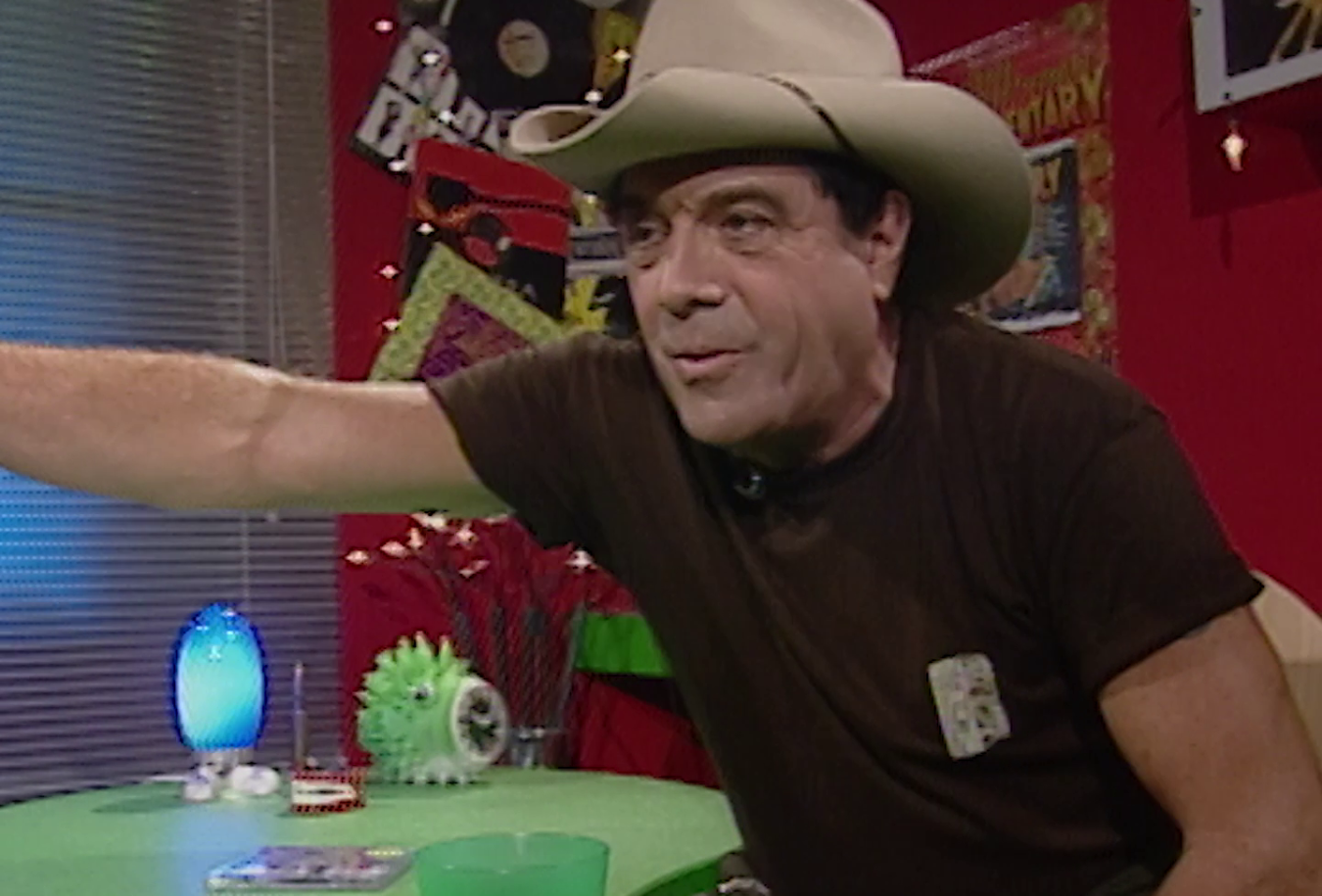
Follow the Sun: ‘Underwater gardens’
The reef’s vibrant and abundant marine life is shown including coral, fish, seahorses and a stingray. Tourists walk amongst the rock pools in the shallows. Summary by Poppy de Souza.
This clip combines footage of the coral reef (possibly shot from a glass bottom boat) and segments that look like they’re filmed inside an aquarium. Hurley was not shy of staging actuality footage if he was unable to get the pictures he wanted. In his 1919 film Ross Smith’s Flight from London to Australia, he combined actuality footage with photographs, staged scenes and excerpts from his earlier war footage to complete the final film.
Follow the Sun synopsis
The beauty of Australia’s Great Barrier Reef is promoted in this travelogue filmed and directed by adventurous cameraman Frank Hurley. It begins inside a home at wintertime where the narrator invites the audience on a tour of the ‘sunlit sands and deep blue waters of the Great Barrier Reef’. From onboard a yacht, the camera films the Whitsunday Passage including Magnetic, Hayman, Green, Dunk, Daydream and Lindeman Islands. Onshore one of the islands, the wildlife and natural environment contribute to it being an ideal holiday destination – ‘complete relaxation from the strain of everyday life’ says the persuasive voice-over narration.
Follow the Sun curator's notes
Frank Hurley was a filmmaker and cameraman known for his sense of adventure who was drawn to a diverse range of locations across the globe over the course of his career. He filmed the extreme conditions of Antarctica, the Australian troops in the Middle East during the First and Second World Wars and traditional life amongst villagers in Papua. In the quieter inter-war years, Hurley made a number of travelogues (some for State tourist authorities) which featured different locations in Australia. Along with this film, they included Jewel of the Pacific (1932, Lord Howe Island), Treasures of Katoomba (1938, the Blue Mountains), Isle of Many Waters (1939, Tasmania) and The Garden of Tasmania (1939).
Notes by Poppy de Souza
The National Film and Sound Archive of Australia acknowledges Australia’s Aboriginal and Torres Strait Islander peoples as the Traditional Custodians of the land on which we work and live and gives respect to their Elders both past and present.


